
Projects
Solar Project Based On Various Business Models, Types Of Installation And Government Policies, There Are Three Main Types Of Projects Catagorised Based On Business Models.
Captive Consumption Grid Connected
Captive Consumption Offsite (Open Access)
On Site And Offsite (Open Access) Both Under Ppa
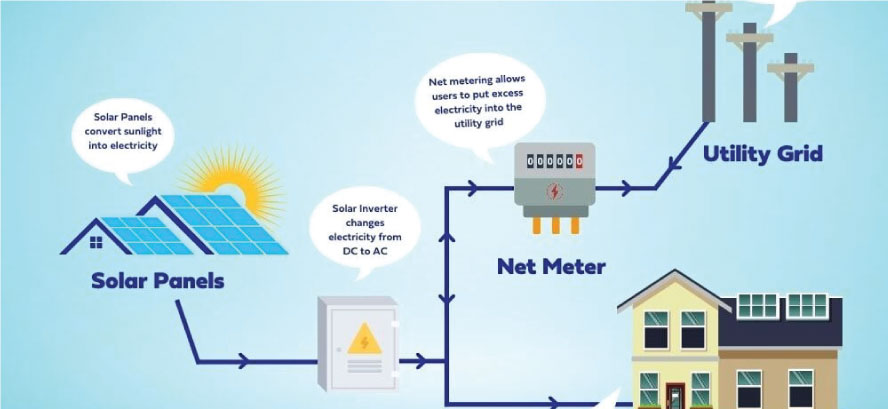
Professionalism
Certified high-class specialists.
Experience & Skills
Certified high-class specialists.
Customer Focus
Certified high-class specialists.
Current Clients
years of experience
awards winning
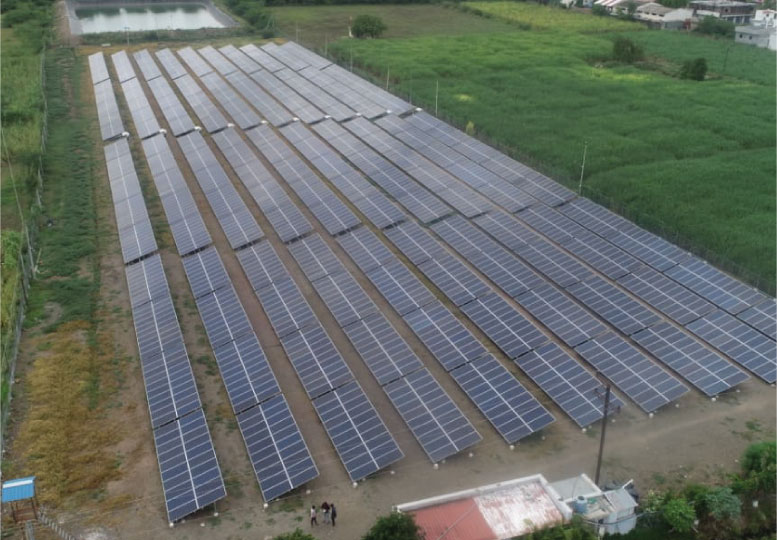
CAPTIVE CONSUMPTION GRID CONNECTED SOLAR PROJECTS:
In the captive capex model, the corporate buyer for a utility scale renewable project makes the upfront capital investment. The buyer owns the power generating asset and the solar power generated is used for the corporate buyer’s self-consumption. “Proven EPC Pvt Ltd.,” constructs the plant, and also operates and maintains it over its lifetime. A captive generation plant in India may be set up by any person, co-operative society or an association of persons (including companies) for generating electricity primarily for self-consumption. A captive power plant can also serve multiple stakeholders through a group captive mechanism, if it satisfies the following conditions - 51 per cent of its electricity generated is used by the owner(s) for self-consumption and minimum aggregate (or individual) ownership of the captive generating plant is at least 26 per cent. Captive generation may be classified on different basis: Ownership: Single owner and multiple owners (group captive)
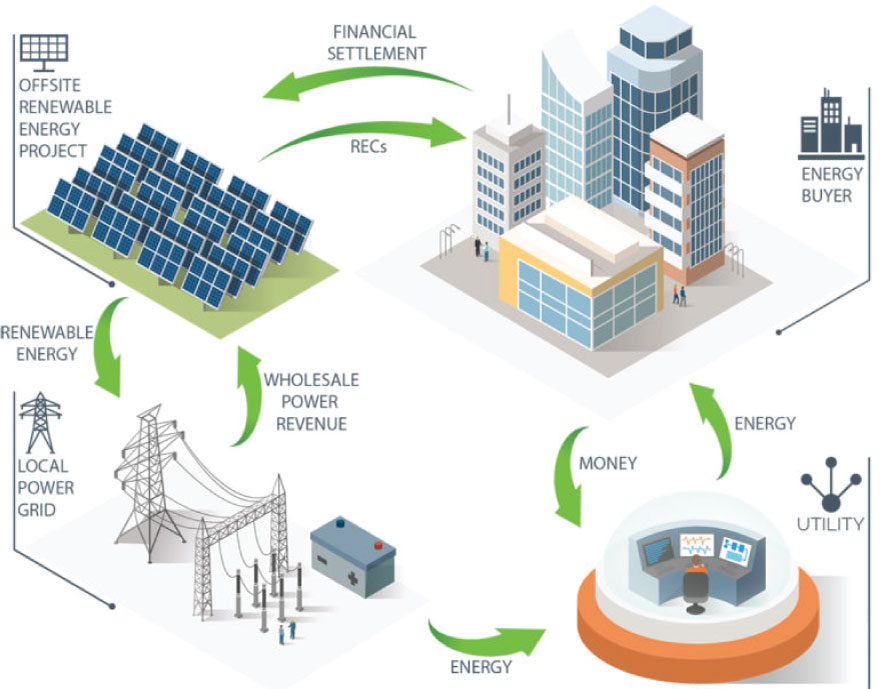
CAPTIVE CONSUMPTION OFFSITE (OPEN ACCESS):
Open Access Solar – Captive Open Access solar is a great way for bulk consumers of electricity to not just save on costs, but also work towards meeting RPOs (Renewable Purchase Obligation) and long-term energy transition goals. In the Captive model, the corporate buyer seeks to own the power-generating asset in entirety.
Open Access solar is a great way for bulk consumers of electricity to not just save on costs, but also work towards meeting RPOs (Renewable Purchase Obligation) and long-term energy transition goals.
In the Captive model, the corporate buyer seeks to own the power-generating asset in entirety. The solar power generated off-site is used for the buyer’s self-consumption. The client puts in the initial capital investment, while Fourth Partner Energy builds, operates and maintains the solar plant over the lifetime of the asset.
The Captive model works best for firms that have a large demand for electricity and are committed to procuring it from Renewable sources.

ON SITE AND OFFSITE (OPEN ACCESS) BOTH UNDER PPA
What Is Open Access in Power Sector? June 20, 2017 Open Access enables heavy users with more than 1 MW connected load to buy cheap power from the open market. The concept is to allow the customers to choose from a number of competitive power companies, rather than being forced to buy power from the local utility monopoly.
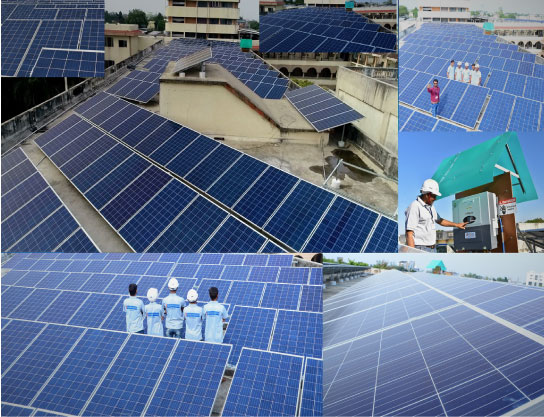
Roof Top SPVPP
GRID CONNECTED ROOF TOP SOLAR PHOTOVOLTAIC POWER PLANT UP TO 1MW
OFF GRID SOLAR POWER PLANTS AND SYSTEM
HYBRID SOLAR POWER PLANT AND SYSTEM
“Grid connected solar photo voltaic roof top power plants is a program of ministry of new renewable energy(mnre) New Delhi, up to certain capacity and limits mnre provides central finance assistance to this program for the residential segment only, other than residential there is accelarated tax depreciation benifits has been given along with tax holidays.
Central nodel agency mnre has designed and made the policies under grid connected roof top solar power plant, all over india, every state has its own nodel agency for new renewable energy eg maharashtra has, meda. Gujrath has geda,…But in maharashtra, to control local policies merce and msedcl is also has their rules and guidelines, so this is a program which runs under govenrnment policies.”
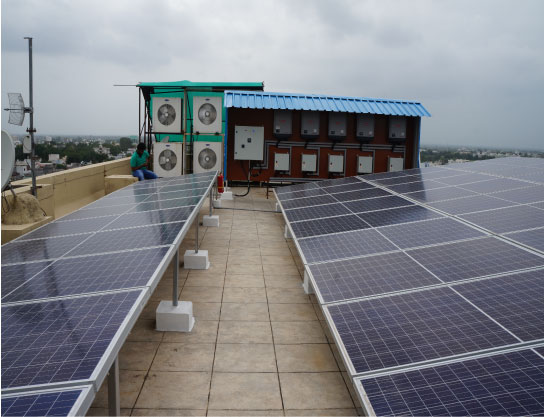
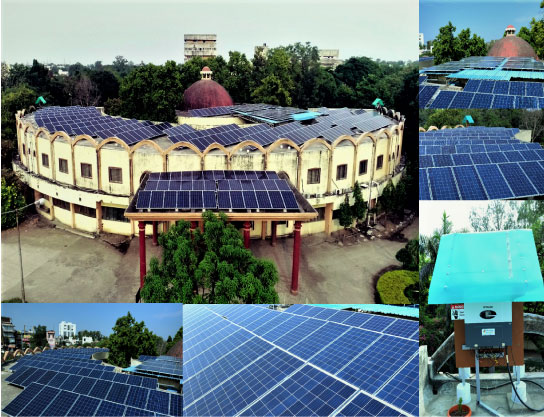
RCC ROOF TOP DIRECT MOUNT TILTED GRID CONNECTED SOLAR PHOTOVOLTAIC POWER PLANT INSTALLATIONS
Rcc Roof Top Direct Mount Tilted Grid Connected Solar Photovoltaic Power Plant Has Following Major Benefits .
- Utilization Of Unused Roof Top Space For Power Generation.
- Safe And Quick Installation.
- No Need To Put Extra Investment On Security System.
- We Get Good Radiance On Roof Top Compaer .
- Roof Top Solar Power Plant Maintenance Is Easy
SPV Roof Top Power Plant:As per Name plants installed on Roofs only called Roof Top Solar Plants.
Advantages of Roof Top Plants are as follow:
- The open terrace valuation is less as compared to Ground value. Top expansion generally not possible whereas; on ground additional land can be utilized for residential, commercial and industrial expansion.
- Space is safe, no fencing is required and nuisance free.
- .Secured and free from theft.
- Dusting effect is less as compared to ground mounted hence more often Module cleaning is not required.
- In case of Bifacial modules, the high generation output is possible.
- Power output can be connected to nearest grid source.
RCC Flat Terrace Mounted
Mostly RCC flat terrace commonly unutilized available hence same area can be used for installation. Against wind pressure plants need to be provided additional heavy weight concrete blocks and fastening in to terrace slabs.
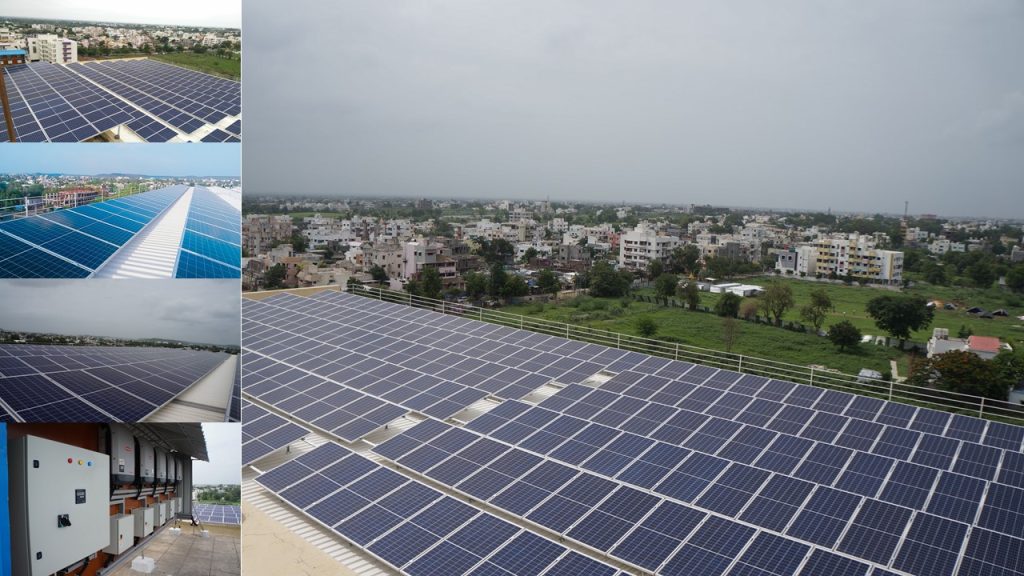
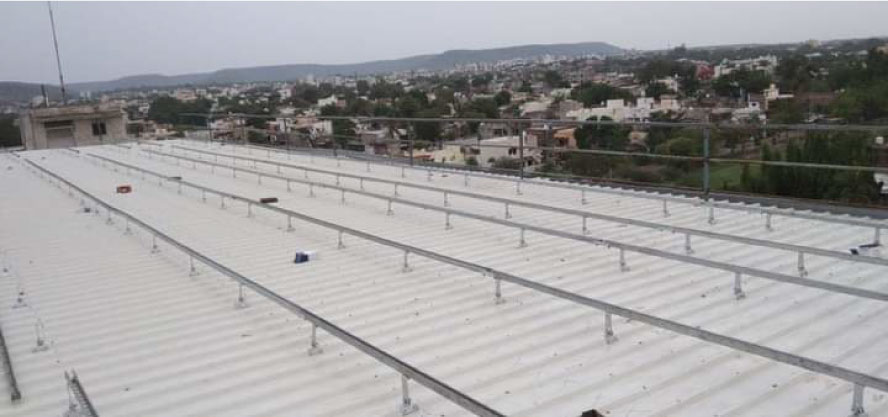
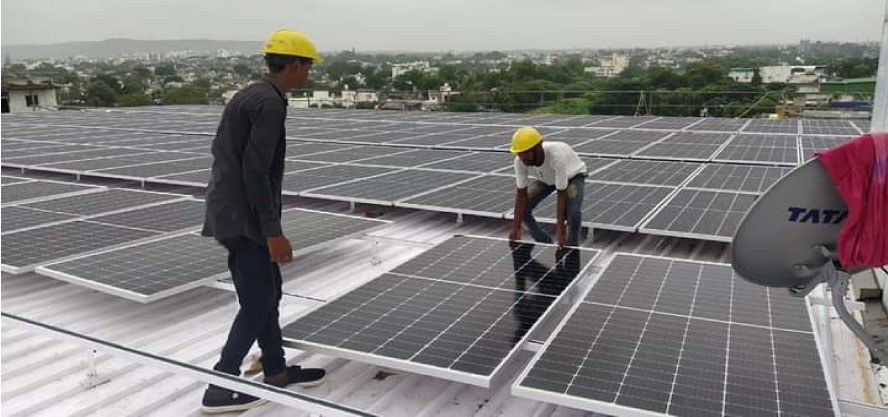
METAL PROFILE OR ASBESTOS SHEET ROOF TOP INSTALLATIONS
Metallic roof generally used in commercial and industrial activities. Many warehouses have metallic roof tops. Module can not be directly fitted on metallic sheets there must be gap of 200-300 mm in between module and sheet for better module cooling. For rain protection peoples are worried for leakages hence avoiding Solar plant installation on Slopy roofs. Present days there is no need of screwing and nut bolting. The structures can be fixed by glue solution and has more than 30-40 years guarantee.
As per general guide lines Solar Modules tilting angle towards south, must be latitude of that location for better Plant Performance. Generally, our metallic roofs have slops North-South, East-Waste or slight deviation to all four main directions.
“Proven” team has installed many Solar plants on Metallic Roof as per Roof direction and angle with adequate cares with scarifying marginal plant performance.
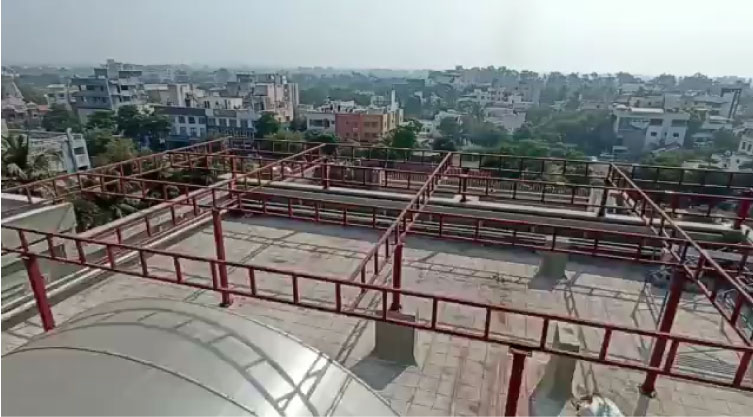
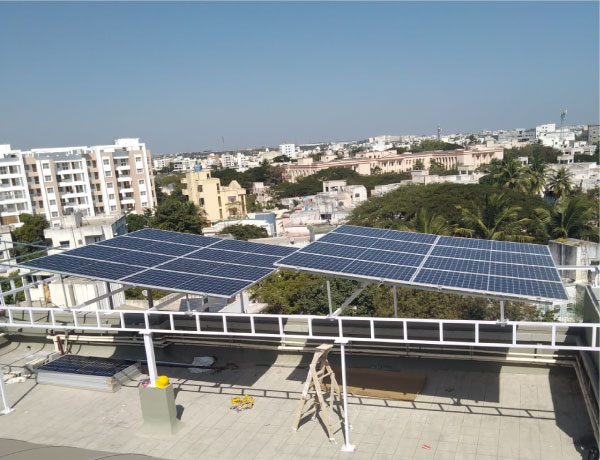
RCC ELEVATED SUPER STRUCTURE BASED INSTALLATION
At few locations because of some other Architectural elevations,
Overhead Water tanks, lift room elevation the shadow free availability is very less or whenever customer wants to utilize terrace area some other purpose then especially Super structure is designed above the terrace height to installed required capacity of the solar plant. This plant has higher structural cost against the utilization benefits of below space area for gardening or free movements on terrace. Sometime customer make tin roof shed on terrace where Plant is installed and below space can be used 100 % by customer.
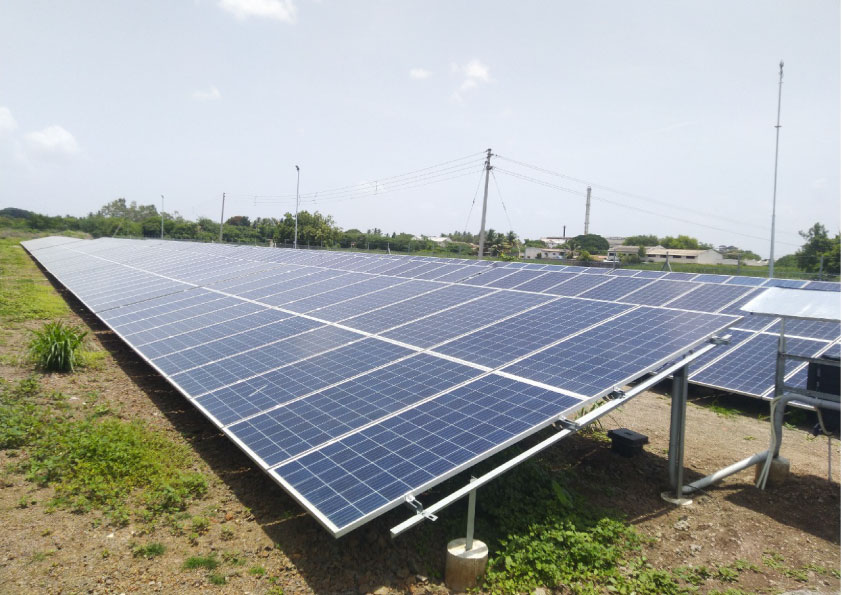
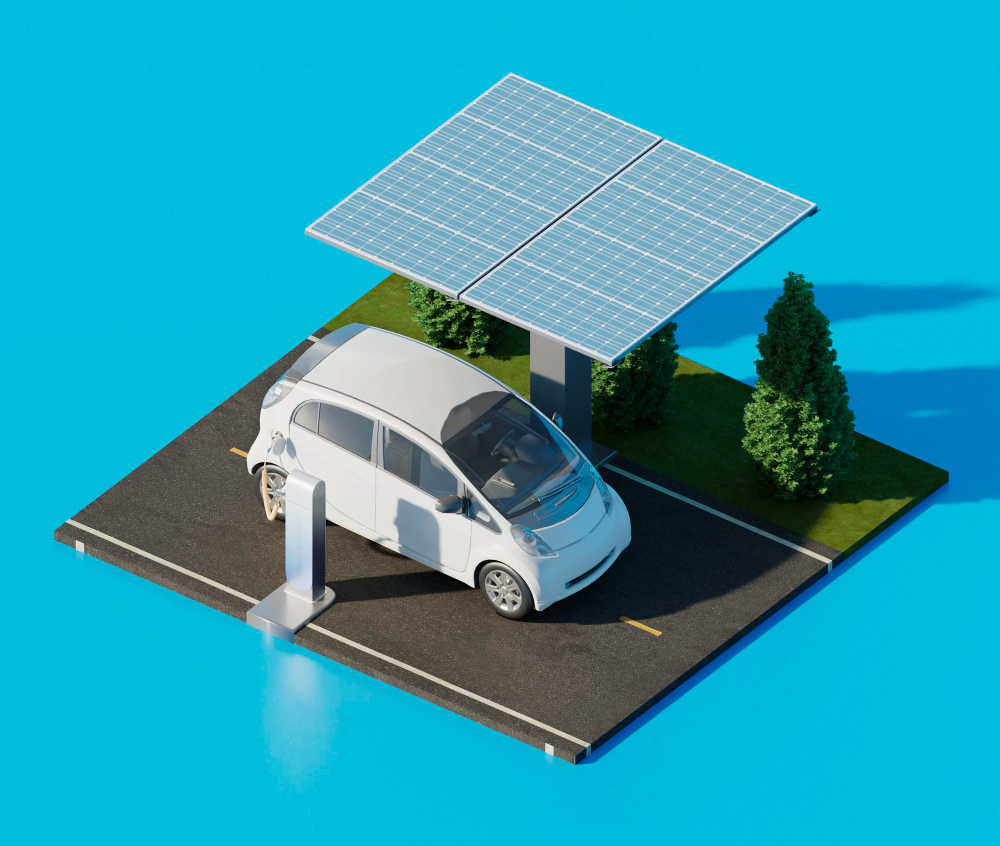
Ground Mount Tilted SPVPP ->GM Elevated SPVPP -> Car Port SPVPP
Wherever adequate shadow free rooftop area is not available then, Plants are Installed on Ground. Megawatt capacity plants required more space hence Ground mounting is preferred. As per land availability, may be plain ground, slopy land and hilly areas. Many times land need development for water drainage and against the flood, steps to slopy area, levelling of hilly top parts suits to installation. Approach roads and fencing/boundary wall is must for the security and smooth operation of the installed plant.
Generally looking to the soil conditions, piled are made into the ground and plant structure legs are fixed into the concrete piles. Adequate space must be provided between two rows of Modules to avoid shadowing effect.
For wet cleaning of modules provision of water line with control valves required. Cables are rooted through conduits and through trenches up to Inverters and Control Panels.
In MW plants in case of Grid Feeding for longer distance the Inverter Power out put voltage is Step Up by installing transformer and through Net Metering fed to the Bigger Grid.
Car Port:
For new locations attractive Car Port structures are designed to suits Solar Module mounting on the top. Existing car sheds also used for the installation of Solar Plant.
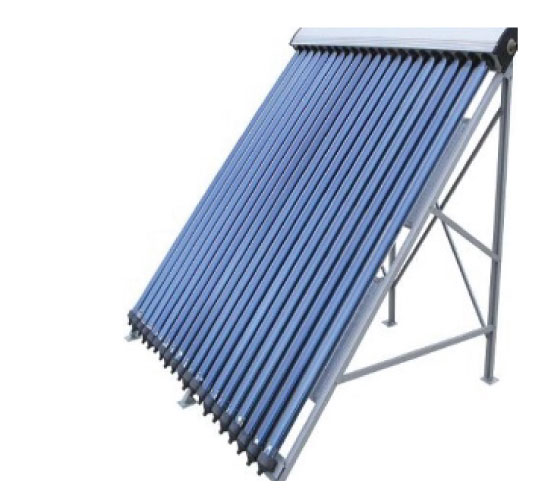
Commercial and Industrial Solar Hot Water & Heating System
Wherever High temperature water is required and in case of Industrial Boilers to save the energy the boiler feed water is preheated by using Solar Energy up to 65-85 Centigrade temp. On the same logic Solar Hot air heating systems up to 75-95 Centigrade temp. can also be designed for industrial applications and to heat rooms in cold climatic conditions.
Initially the solar water heating SOLUTIONS was UNDER MNRE through State nodal agencies.
There was subsidy on Solar Hot Water installations to all, residential, commercial and Industrial uses.
In the year 2014 looking to the full awareness and progress in implementation of Solar water heating systems the Subsidy was withdrawn.
Today also looking to the cost benefits and help to Environment, apart from Residential solar hot water installations, commercial and Industrial applications are also common and beneficial.
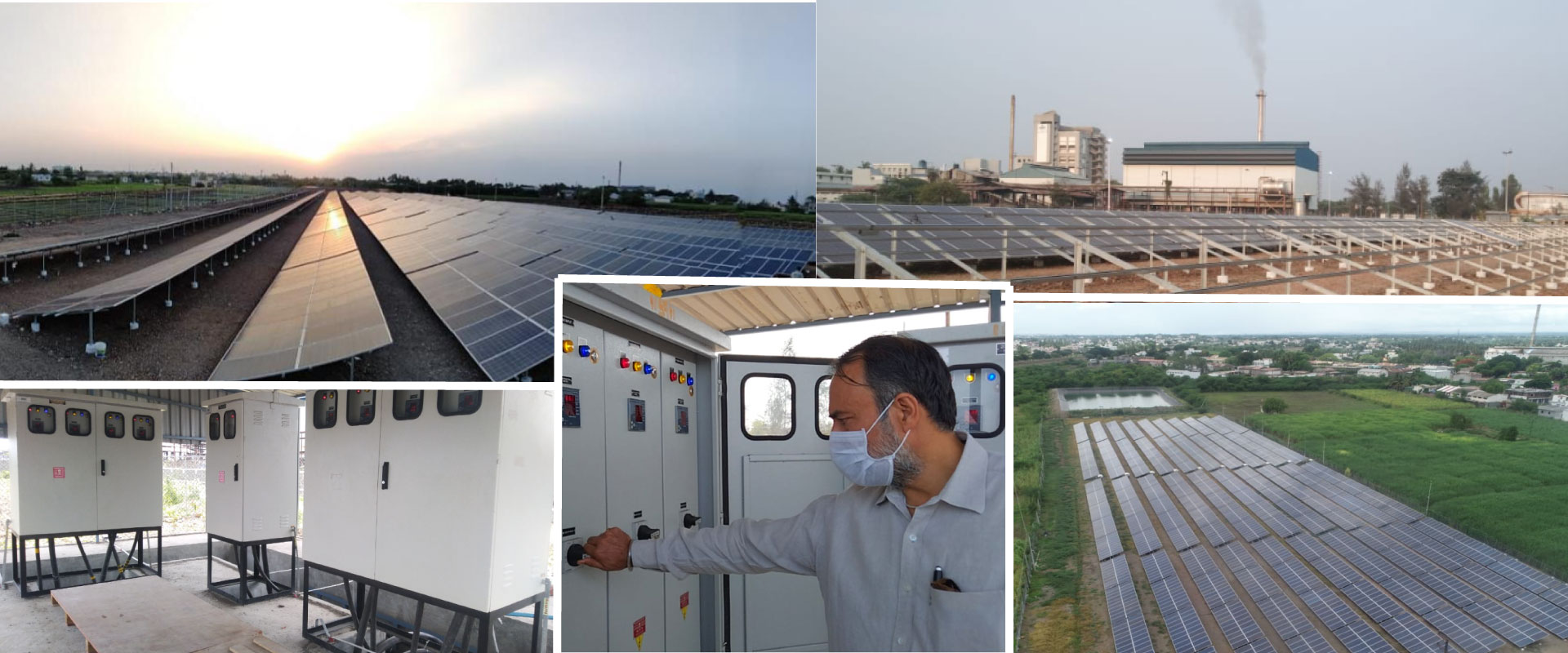
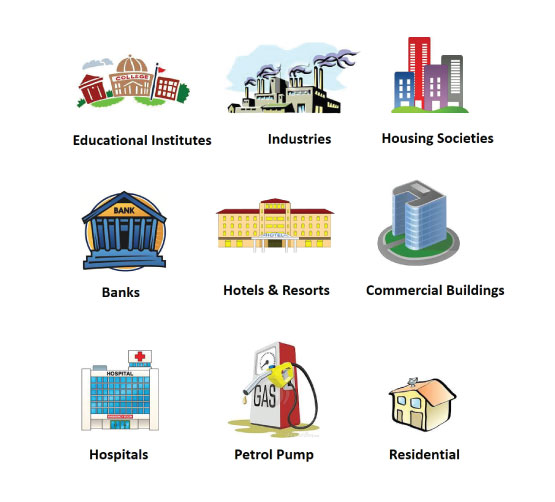
THERE ARE FEW SEGMENTS COMES INTO GRID CONNECTED ROOF TOP SOLAR POWER PLANT
COMMERCIAL : Hotels/Malls/Shops/Showrooms etc
INDUSTRIAL : MSME/SSU/AGRO/Cold Storage
.PUBLIC SECTORS :
- EDUCATIONAL INSTITUTIONS AND NGOS,
- HEALTH INSTITUTIONS AND HOSPITALS
- CO OPERATIVE
- STHANIK SWARAJYA SANSTHA
Importance of Solar Projects
In India adequate sunlight is available throughout the year hence solar projects are viable.
It’s Good for an Environmental balance where through natural resources, we are reducing pollution.
Solar Energy is renewable and generate both power and heating solutions.
It’s a Reliable, Cost-Effective Energy as compare to other electrical sources and offers good ROI.
It Saves Your Money in the Long Run and no dependency on grid power supply in case of Off-Grid Solar Power project.
It Creates Jobs and Spurs Economic Growth.
It Promotes Energy Independence to remote area.

WHAT ARE RENEWABLE ENERGY POWER PURCHASE AGREEMENTS?
- A Power Purchase Agreement (PPA) is a long-term contract between a renewable energy project and a power buyer, in which the buyer agrees to purchase the project’s energy for a fixed price during the contract tenor. Earlier renewable energy PPAs had terms of 20 years, but tenors have declined to 15, 12 and even 10 years to meet buyer demands.
How do PPAs Work?
- Under the PPA structure, a third party provides the upfront investment to pay for the project and in return, receives a contracted long-term revenue stream from the energy buyer as well as all other available incentives. The corporate energy buyer receives a fixed rate for energy, usually at a discount to what they are already paying,without having to put up capital to build the project.
TYPES OF POWER PURCHASE AGREEMENTS FOR OFFSITE RENEWABLE ENERGY PROJECTS
- There are a few different types of power purchase agreements to be aware of; Virtual PPAs, Retail PPAs, and the Utility Green Tariff Program.
What is a Virtual PPA (Synthetic PPA)?
- The Virtual Power Purchase Agreement (VPPA), also known as a synthetic PPA) is a contract structure under which a buyer (or off taker) agrees to purchase the project’s renewable energy for a fixed price, while the project receives the floating market price. If the fixed VPPA price is greater than the actual market price, then the project pays the difference to the off taker. If the market price is greater than the VPPA price, then the project company keeps the difference. In this way, a VPPA is a financial hedge against volatile electricity prices. In a Virtual PPA, the buyer typically receives the project’s Renewable Attributes but does not take physical delivery of the energy. The buyer/off taker continues to purchase its electricity through their local utility. electricity A utility-scale solar VPPA enables large consumers with fragmented/distributed electric loads to realize the benefits of renewable energy.

What is a Retail/Direct/Sleeved Power Purchase Agreement?
Another offsite power purchase agreement structure in use today is the Retail PPA. Also called a “Direct PPA” or “Sleeved PPA” this structure is suitable in de-regulated electricity markets where customers have retail choices, such as Maryland. Under this structure, the buyer enters a power purchase agreement with its retail electricity supplier and takes both the delivery and title to a project’s energy. The benefit of this structure is that the retail electric supplier takes on the market risks associated with wholesale electricity, and the customer gets a fixed price for the energy. Unfortunately, because these contracts are only available to customers in deregulated markets, the amount of renewable energy procurement is restricted to the buyer’s total load within those markets.

What is a Utility Green Tariff Program?
A utility green tariff program is another form of a Sleeved PPA that has been gaining momentum over the last year in regulated electricity markets. Typically, PPA sleeving programs are set up through a regulated utility’s rate structure. The utility, with approval from the state public utility commission, offers customers renewable energy through a “Green Tariff”. Like the Retail PPA, with a Sleeve PPA, the utility wears the whole market pricing risk and delivers renewable energy and in many cases the Renewable Energy Credits (RECs), to the customer for a fixed rate. Often the greatest downside to this structure is that customers will pay a premium for renewable energy in exchange for the utility taking on the market risk.

WHICH PPA IS RIGHT FOR YOUR RENEWABLE ENERGY GOALS?
- Today, PPA’s are a key driver in the widespread deployment of utility-scale solar projects in the United States. While there are trade-offs and varying risks among the types of power purchase agreements, a solar PPA requires no capital investment, carries no maintenance costs, and locks in energy prices for up to 25 years. Renewable energy PPAs put clean energy into the electric grid, and the off taker owns all the environmental benefits associated with its portion of the project. This is great news in a volatile energy market and for buyers looking to meet renewable energy and sustainability goals.
- Grid Connected Solar Projects:
- Commercial Sector, the electricity unit rates are very high hence most of the commercial building owners going to installed Grid Connected Solar Power Plant along with Net metering policy. Mostly Roof top installations are preferred. Private hospitals are also taking benefits of Net metering Policy to reduce the electrical bill amount.
- Industrial Grid connected Solar Power Plant: Industrial sector is also allowed to install grid connected Solar Power Plant to reduce their day time electrical consumption against Net metering Policy. During weekly off the Power generation fed to the Grid and that much credit given to the industry. On the basis of Sanction Load of the Industry, that much capacity of solar plant is advisable.
- Looking to the availability of Roof Top area grid connected plants are installed.
- Wherever Roof Top area is not adequate, then Ground mounted also preferred by the Industry to save the electrical units and charges. Industries allowed to installed 1MW capacity power plant under Net Metering polices provided captive consumption must be more than 1MW.
- Public Sectors: Public sector industries are also allowed to install Roof Top/Ground Mounted Grid connected solar power plant under Net Metering Policy up to 1MW capacity. Few Public sector goes for PPA with third parties and purchase the power at lower unit rate.
- Intuitions, School, Colleges and Public health Hospitals, NGOs, Co-operatives, Dairy, Milk Chilling Centres: Every year there is increase in electrical tariff hence, there is awareness for the installation of Solar Roof Tops under Net Metering Policy, to reduce the electrical bills. To installed Roof Top is common programme for all the Institutions.
- There is adequate shadow free roof top area availability noticed where required capacity of Solar Plant can be installed. Most of the Institutions, Universities, Public health Hospitals can avail Subsidies as per the policy. Most of the Colleges, schools operate in day time only hence they are more benefitted by Solar Grid connected Plants.







